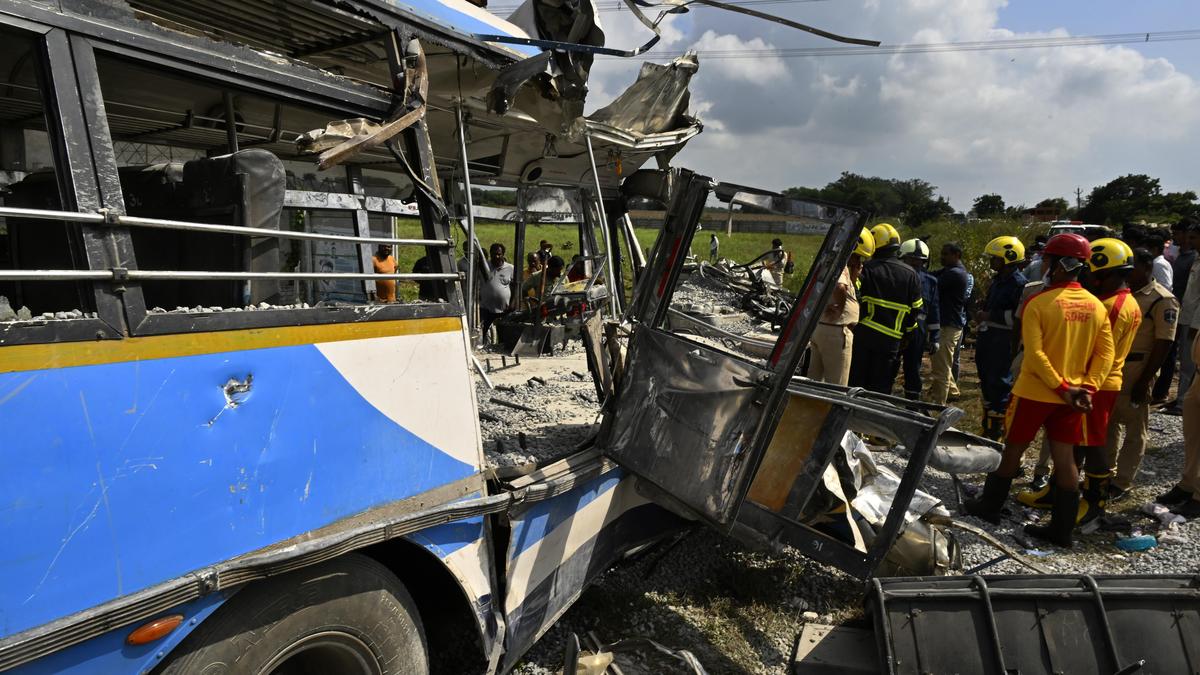ARTICLE AD BOX
Advocating for a ‘green bonus’ for the Himalayan states, a group of 103 former bureaucrats Monday wrote to Dr Arvind Panagariya, Chairman of the 16th Finance Commission. The letter aims to draw the Commission’s attention to the losses incurred by Himachal Pradesh, Uttarakhand, Jammu and Kashmir, and Sikkim due to frequent extreme weather events (EWEs).
Under the banner of Constitutional Conduct Group (CCG), former bureaucrats made a special reference to Himachal Pradesh, urging the Finance Commission to recognise the natural wealth and vital contribution of these Himalayan states to the national economy and overall well-being, and to compensate them accordingly.
The signatories include Purnima Chauhan, former Secretary (Administrative Reforms), Himachal Pradesh; Avay Shukla, former Additional Chief Secretary (Forests & Technical Education); Renu Sahni Dhar, Deepak Sanan, former Principal Advisers to the Chief Minister of Himachal Pradesh; and former Secretaries B M Nanta and Dinesh Malhotra.
Former bureaucrat Deepak Sanan told The Indian Express, “Before writing to the Finance Commission, we have to take up this issue with other authorities, including the President of India, the Prime Minister of India, etc. We aim to draw the attention of authorities to the vulnerabilities of the Himalayan states. Constitutional Conduct Group (CCG) was formed in 2017.”
The CCG stated, “According to a 2025 report by the Institute of Forest Management, Bhopal, the total forest wealth of Himachal Pradesh was valued at Rs 9.95 lakh crore. The report calculated the annual Total Economic Value (TEV) of Himachal’s forests at Rs 3.20 lakh crore — including Rs 1.65 lakh crore for carbon sequestration, Rs 68,941 crore for ecosystem services, Rs 32,901 crore as the value of biodiversity, Rs 15,132 crore for water provisioning, and Rs 3,000 crore for regulatory services such as flood control and sediment retention. Unfortunately, these values are neither acknowledged nor taken into account while disbursing central assistance to the states.”
The letter, dated November 3, further stated, “This must change. Himachal (and other Himalayan states) must be compensated by the Central government for their non-monetary but vital contribution to the country’s well-being, quality of life, and sectors such as agriculture, climate control, hydropower, carbon capture, and tourism. The mechanism to do so already exists — the Finance Commissions, which determine the formula for devolving central funds to the states. A beginning was made by the 12th Finance Commission, which allocated a total of Rs 1,000 crore for this purpose, termed as a Green Bonus; the share of Himachal, however, was a paltry Rs 20 crore.”
Increase in weightage for forests and ecological services
The bureaucrats proposed two key methodologies for consideration: First: The current (15th Finance Commission) weightage for Forests and Ecological Services is only 10 per cent . This is wholly inadequate, given India’s climate commitments, and serves as a disincentive for states to expand green cover. The weightage should be increased to at least 20 per cent.
Story continues below this ad
The additional 10 per cent could be reallocated by reducing other indicators — for example, population weightage could be reduced from 15 per cent to 10 per cent , as it is illogical to allocate a higher weightage for population than for demographic performance (currently 12.5 per cent). Similarly, the weightage for income distance could be brought down from the current 45 per cent to 35 per cent, as it penalises states with higher per capita incomes.
Second, the present methodology for calculating the area under Forests and Ecology is flawed, as it excludes areas above the tree line — thereby disadvantaging mountainous states. Much of their geographical area lies above the tree line and consists of snowfields, alpine pastures, and glaciers.
These regions are vital habitats for rare and endangered species and possess unique ecological value. They also act as “water towers” that feed the rivers of North India. Denying them ecological value in the weightage matrix is illogical and self-contradictory. These areas should therefore be included in the definition of forests.
The letter warned that North India and its Gangetic plains would not survive without the forests, glaciers, and rivers originating from Himachal Pradesh, Kashmir, and Uttarakhand. Without these, the region would soon turn into a desert, as these rivers sustain nearly 400 million people and serve as the lifeline for many cities.
Story continues below this ad
Highlighting the scale of recent climate disasters, the letter noted that in just the last four years (2022–2025), Himachal Pradesh has lost 1,200 lives and suffered damages worth Rs 18,000 crore due to such events — excluding indirect losses to trade and economic activities.
Uttarakhand’s situation is even more dire: in the last ten years (as of 2022), it has recorded 18,464 “natural disasters,” claiming 3,554 lives — not including the massive loss of life in the Kedarnath disaster of 2013.










 English (US) ·
English (US) ·